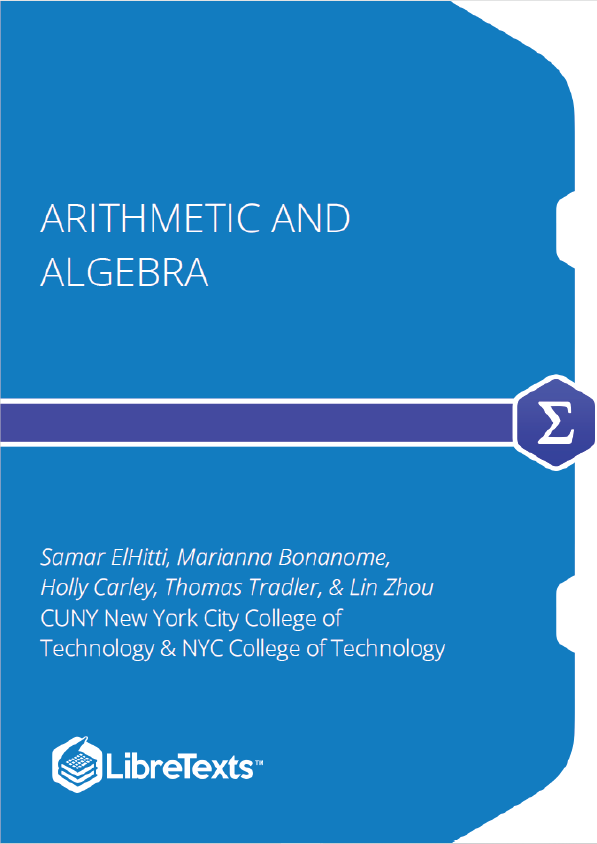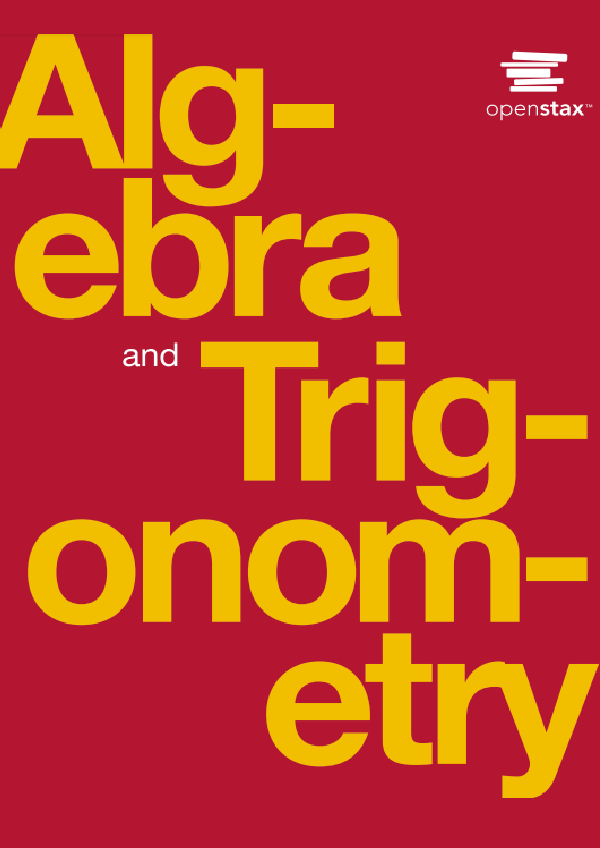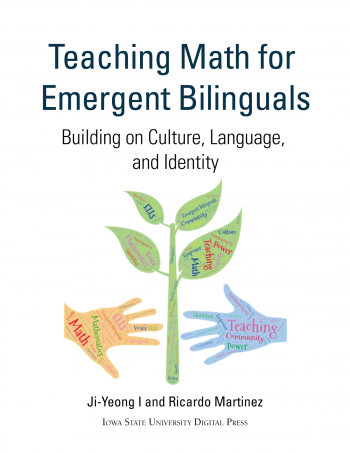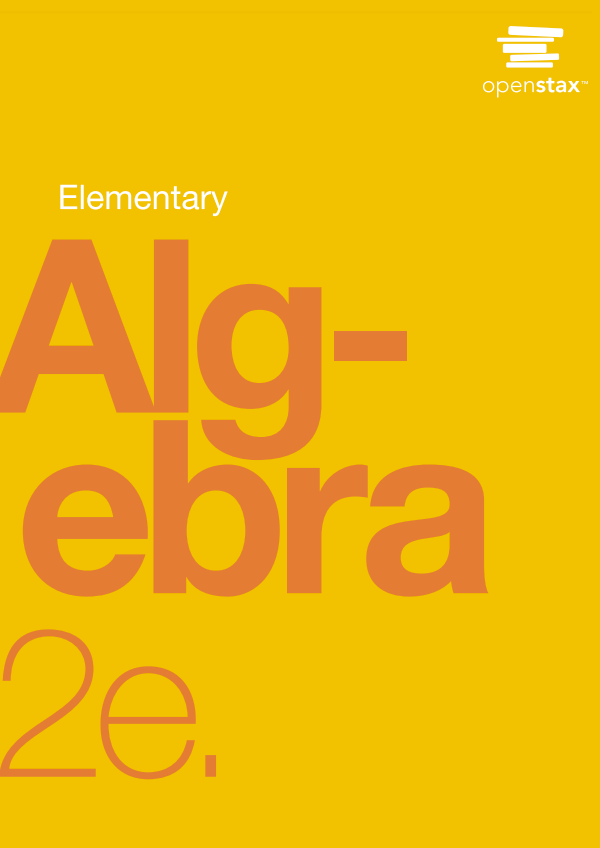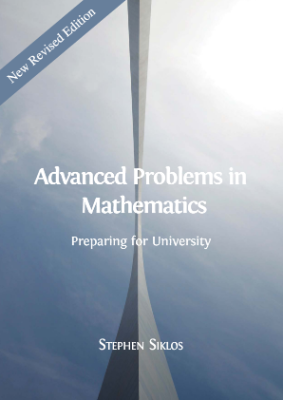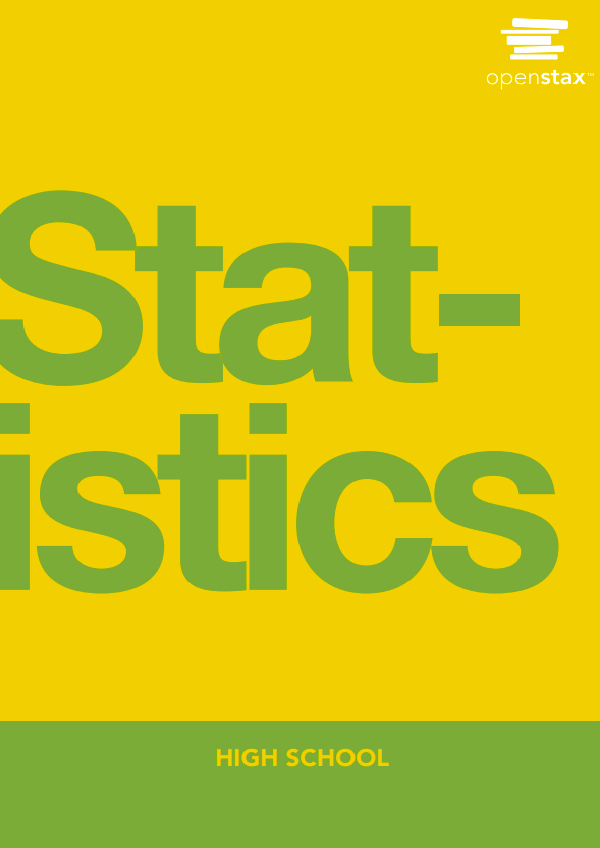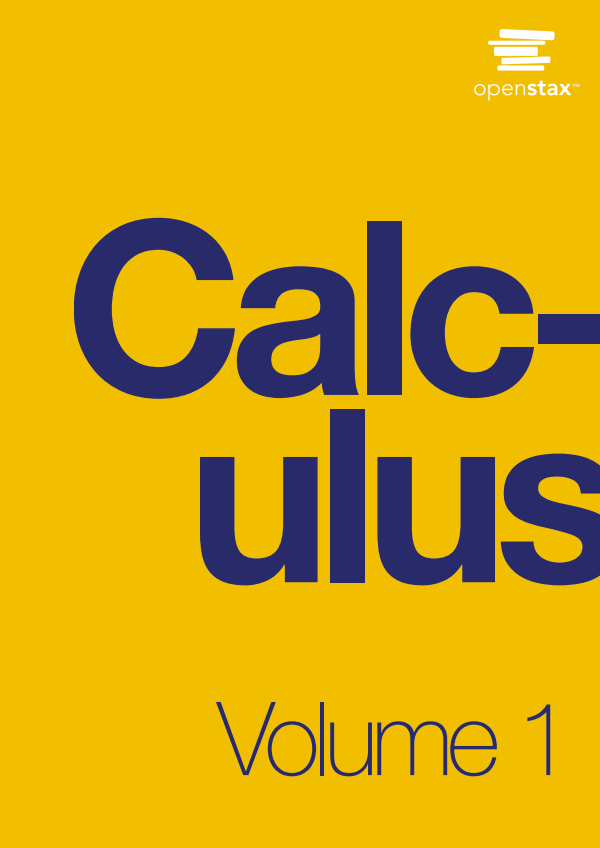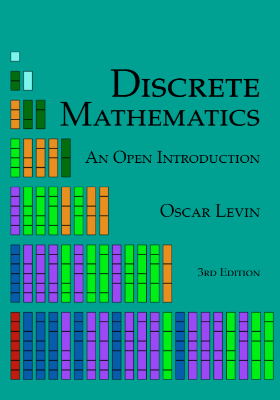Arithmetic | Algebra provides a customized open-source textbook for the math developmental students at New York City College of Technology. The book consists of short chapters, addressing essential concepts necessary to successfully proceed to credit-level math courses. Each chapter provides several solved examples and one unsolved “Exit Problem”. Each chapter is also supplemented by its own WeBWork online homework assignment. The book can be used in conjunction with WeBWork for homework (online) or with the Arithmetic | Algebra Homework handbook (traditional). The content in the book, WeBWork and the homework handbook are also aligned to prepare students for the CUNY Elementary Algebra Final Exam (CEAFE).
Dividing Polynomials
In the previous chapter, we added, subtracted, and multiplied polynomials. Now, what remains is dividing polynomials. We will only consider division of a polynomial by a monomial. The division of a monomial by a monomial was already considered in Chapter 5, which we now recall.
Solving Linear Equations
The kind of the equation will determine the method we use to solve it. We will first discuss linear equations. These are equations that only contain the first power of a variable and nothing higher.
Critical Observation: We can add or subtract anything from an equation as long as we do it to both sides at the same time. This is a very essential tool to solve linear equations. It will help us isolate the variable on one side of the equation and the numbers on the other side of the equation.
Solving Linear Equations, Decimals, Rationals
In this chapter we look at certain types of linear equations, those including decimal coefficients or rational coefficients. The reason why we discuss these separately is because we can “get rid” of the decimal numbers or denominators in the equation by performing a simple trick. Recall from page 22 how we multiply decimal numbers by powers of 10 (that is .10, 100, 1000,…)
Word Problems for Linear Equations
Word problems are important applications of linear equations. We start with examples of translating an English sentence or phrase into an algebraic expression.
Michael Faraday (1791 – 1867) was an English scientist who contributed to the fields of electromagnetism and electrochemistry. His mathematical abilities, however, were limited and so he mainly relied on expressing his ideas in clear and simple writing. Later, the scientist James Clerk Maxwell came along and took the work of Faraday (and others), and summarized it in a set of equations known as “Maxwell’s Equations”. His equations are accepted as the basis of all modern electromagnetic theory and take on many different mathematical forms.
The language of mathematics is powerful. It is a language which has the ability to express relationships and principles precisely and succinctly. Faraday was a brilliant scientist who made history-making discoveries yet they were not truly appreciated until Maxwell was able to translate them into a workable language, that of mathematics.
